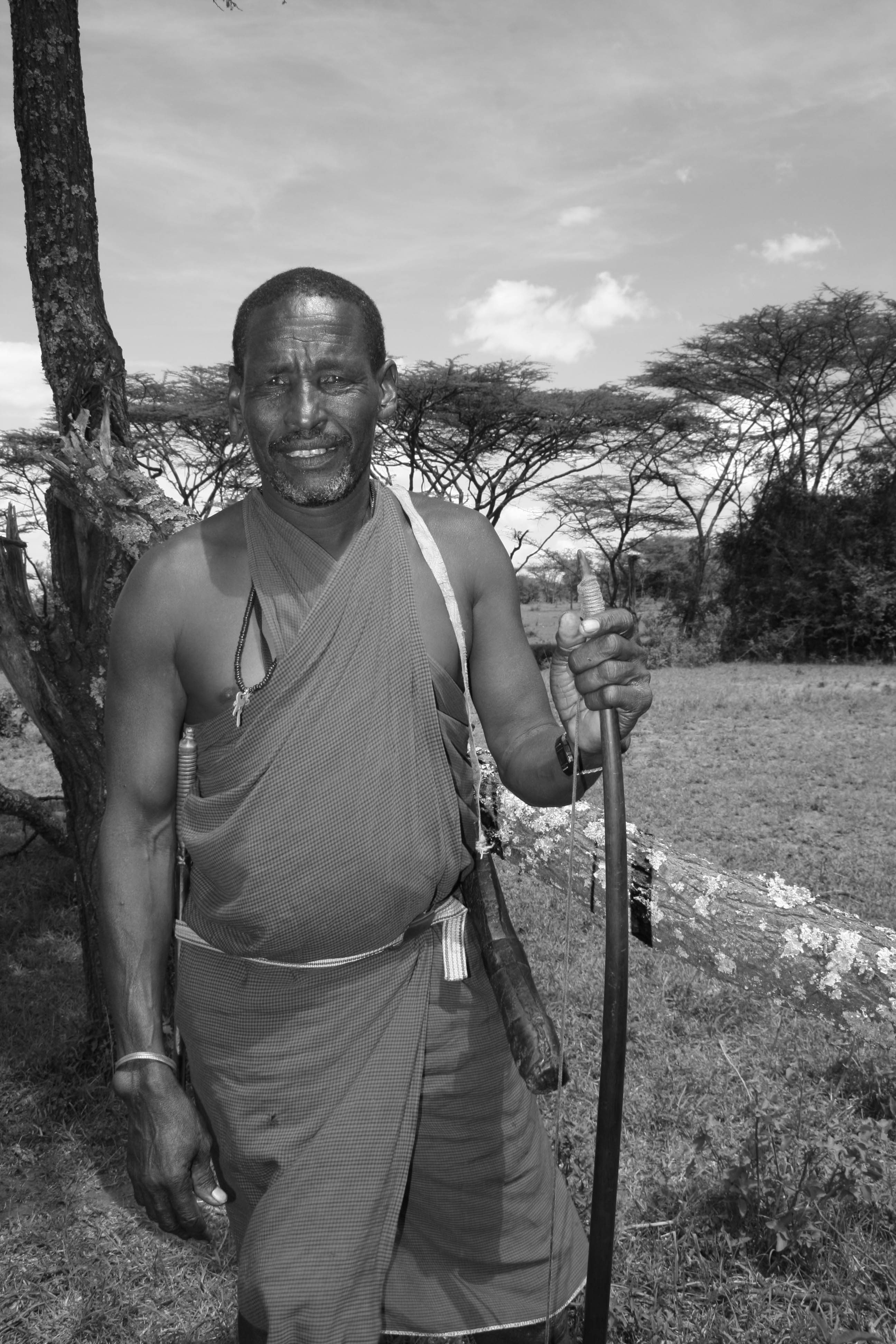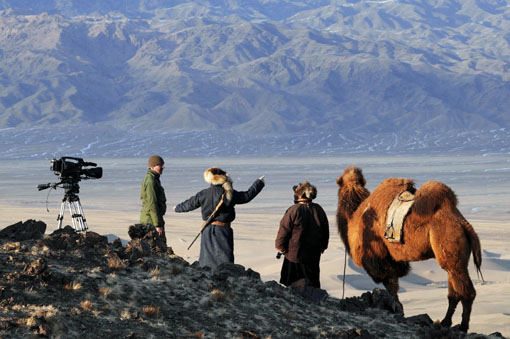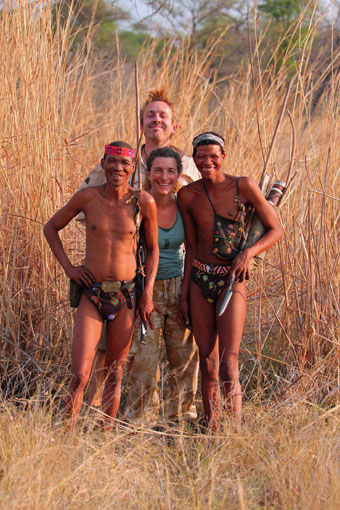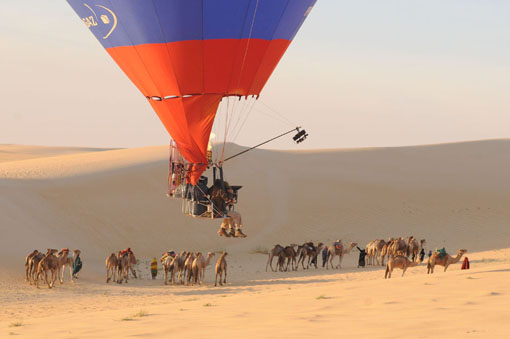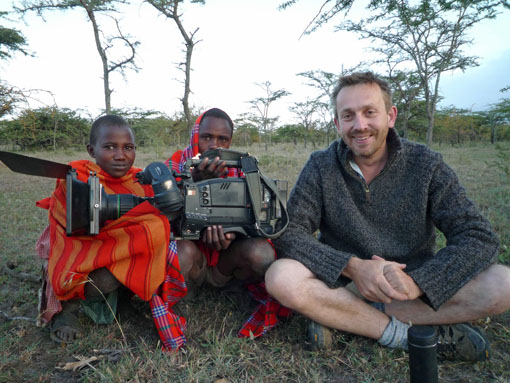Living with Lions
by Jane Atkins, Human Planet Researcher
‘You see, Lions and the Dorobo, we feed each other.’
‘If we hunt a large animal, we take away as much as we can, but leave the rest for the lions to feed on. And sometimes the lions kill a really fat animal and we say, lets take this one. It is not simple, you have to track carefully and quietly. You are scared.. thinking - will I be mauled?’
‘But when you are hungry and know lions have killed first - you take your chance. There are days when we eat only what the lion has killed. We live on those lion kills until we finally make our own kills.
When we filmed 3 Dorobo hunters stride up to 15 lions to steal from their fresh kill our hearts were in our mouths. Courageous? Ingenious? Suicidal? All of these perhaps, but this one act is undeniably impressive. The Dorobo say they are hunters just like lions. They watch lions, and how they hunt. Just as lions do, the Dorobo watch every animal on the great plains - and study each individual. Like lions they observe which ones are wounded, slower, easier to pick off. They wait and wait until the time is right to hunt. And if the lion gets there first, well the Dorobo turn that into another opportunity.

There are three lion prides living in the same area as the Dorobo. This 22 strong pride are just a few hundred metres from the Dorobo's regular camp.
But these opportunities are fading, and fast. These hunting and scavenging practices may be age old, but in 21st Century Kenya, they are banned under the country’s blanket law that no hunting is allowed in Kenya. Although the law was made primarily for big game hunters, it has been enforced at the local level, with traditional tribes, to avoid any ‘grey’ areas.
And so these Dorobo men are living a daily struggle of holding onto a lifestyle passed down through the generations; being free to walk through the great plains, hunt game to feed themselves and their family and sleep under the stars in caves and hidden valleys. Now, they all accept that although they were brought up to be hunters, they will not be bringing up their children to be hunters, to know the wildlife as intimately as they do.
Olkinyei is one of the last pockets in Kenya where the Dorobo still live, but in the last year, the area has been identified as a new conservancy, which means a step up in wildlife conservation in the area. This will ultimately push out of the Dorobo hunters.
And so in our lifetime, we will see an end to this ancient lifestyle of hunting, gathering and scavenging. An accumulative knowledge that has been passed down over 1000s of years.
In a time when stories about endangered wildlife regularly hit the headlines, few people seem to notice that incredible human cultures are being lost; ‘like swatting a mosquito - no-one seems to notice’. The irony here is that wildlife conservation has played a strong part in the Dorobo’s fate.
Whether you think this is right or wrong, it seems the fate for the Dorobo is inevitable. However, it may still be possible to keep their extraordinary tracking skills alive.
Today Jackson Looseyia, who runs a safari lodge in the Masaai Mara, has started employing Dorobo men to be spotters and trackers for his tourists. Jackson says, ‘If the Dorobo way of life disappears, so too does their knowledge. The Dorobo can spot and name any distant bird or animal, identify any nearby track or noise, and tell the story of hunt through reading the tracks in the sand.’
So perhaps this is one way for Rakita and his friends to keep their knowledge alive, even if their traditions die. It may not be as heart racing as hunting a buffalo, listening to the sounds of the night, or stealing food from a lion, but perhaps it’s enough? Rakita told me as we left ‘Of course I am sad to say goodbye to the life of my father, my grandfather… but what can I do? I cannot continue this life much more… I have already been in prison before now! And to bring up my son as a hunter here would be irresponsible. I don’t want him to go to prison. It is a shame, but what can I do?’.
If Human Planet achieves anything, a respectful salute to some of the people we filmed with would be a great thing. For the team back in the UK, finding some of these unique stories was hard, and filming them was challenging. But in a few years to come, these stories may turn out to be the last record of not just the Dorobo but many of the other people and cultures we were so privileged to film.
Watch the Dorobo steal from the lions here: http://www.youtube.com/watch?v=pNeNTMmltyc
A Cameraman’s View
by Toby Strong, Freelance Cameraman with Deserts/Grasslands Team
Mongolians, Bushmen, Dorobo and Tubu.
Minus fifty degrees to plus fifty degrees.
Hunters, dancers, herders and traders.
Helicopters, hot air balloons, horses and dug outs.
The last couple of years have given me a breadth and depth of experience that as a young boy I couldn’t have dreamed of.
Thanks to the faith of the grasslands and deserts team I have hunted kudu in the Kalahari; soared over camel trains crossing the Sahara; run on foot towards feeding lions; chased wolves on camel back and caught snakes in a canoe. I’ve danced through the night with the Wodaabe, followed a bird to raid a honey comb and rounded up 2,000 cattle by chopper.
To film all this all this I’ve had toys, lots of toys! (of the highly technical variety)…
Macro lenses, long lenses, time lapse, underwater cameras, infra-red cameras, cameras in helicopters, cameras on rafts, cameras on quad bike, horse back and camel back. Cranes, tracks, jibs, steadicams and hot air balloons.
I’ve travelled to some of the most remote corners of the planet and returned with amazing memories and a few exotic diseases. We managed to knock down a teensy weensy part of a sixth century fort, discovered a carpet viper up my shorts, crashed our balloon and got chased out a hide by a leopard.
Compared to some of the Human Planet shoots, a walk in the park.
So what will I take away from filming on this unique series? Apart from the obvious amazing experiences it will be the shared sense of trying to do something very special with the incredible Human Planet team.
While every tribe I’ve worked with has their own unique and special way of life , I have found two common links between everyone - humour and kindness.
I feel humbled and honoured to have worked on this series and with such wonderful people.
Dale Templar, Series Producer
What Toby is talking about here is common humanity. While making this series we have tried to celebrate the similarities and differences in all of us and I really hope this is played out when people watch the series.
Himalayan Odyssey - Episode 2
by Dina Mufti, Researcher, Arctic/Mountains team
Getting home …
Three days before leaving Dolpo in the high Himalayas of Nepal, I twist my ankle, twice. We are two days trek from our pick up point and nowhere near a doctor. We hire a decrepit horse for me to ride. But I am no rider. I think about the 5000m pass ahead and saddle sores, then focus on a hot shower and warm bed, and get on the horse.
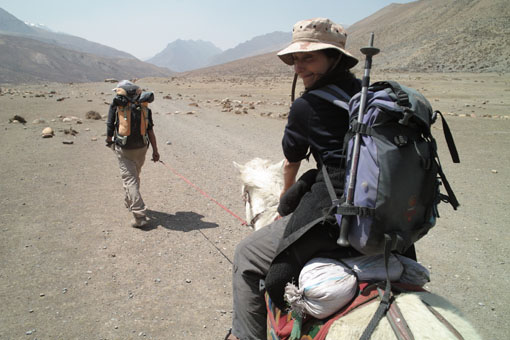
White horse to the rescue
The crew are ahead and I’m alone with the landscape. Lush river valleys, soaring peaks and a frozen river fill me with awe. I spot lammergeyers, Blue sheep, and Buddhist relics as I plod along. At the 5000m pass I am surrounded by glorious peaks, including Dhauligiri – one of the most famous peaks in the world.
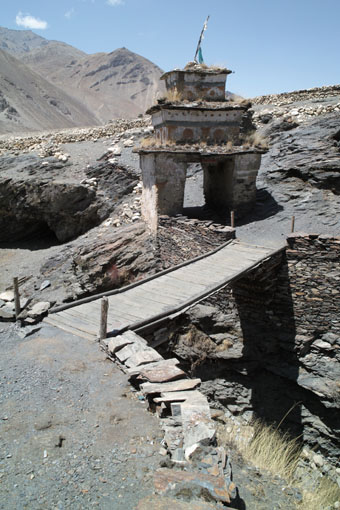
Then it’s all downhill. It’s too steep for the horse, so I use two sticks to walk - twisting my ankle a third time might break it. The horse and I are re-united in a wide river valley, lined with medieval mud houses where the smoke from fires inside remind me of home. The journey has taken seven hours. Children greet us - “Namaste sister”, dancing around the horse as we head to camp.
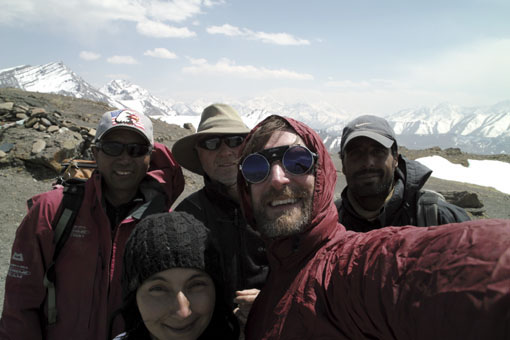
Tenzing Sherpa (back left) and the crew
The next morning we pack our gear and look to the skies… 7am … 7.30 ….8.15, nothing. We were expecting a Russian MI17 helicopter at 7.30, and it’s late. Later in the morning it can get too windy to land, but It’s the only way we can get out in time for the flights home. We want to take the sherpas with us, otherwise it’s a six day trek to their families. Suddenly a great shudder, and a beast of a helicopter comes hurtling down the valley. Tears and cheers of relief.
The helicopter lurches to the ground like a weary mammal. The clearly miserable pilot takes us in with a cursory glance before signalling ‘6 only’ - but there are 11 of us who need a ride.
Our fixer, Tenzing Sherpa, goes into negotiation overdrive but as soon as we load the kit it comes hurtling back out of the door, thrown out by the pilot’s sidekick. Challenging Tenzing is a dangerous thing. He is a formidable logistics man and no surly airman is going to man-handle him.
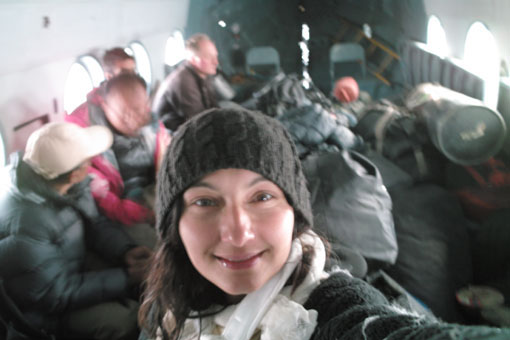
In the helicopter, sitting on the kit
With a lot of shouting seven of us manage to get on, sad to leave our sherpas to their trek. Boarding is frenetic and we barely say goodbye to these friends who have guided and saved our lives on more than one occasion. Our kit is thrown unceremoniously in the middle of the helicopter and I have to sit on top of it. Then a huge judder and we take off, waving goodbye through the murky windows as we rattle into the sky and are gone ….
Dale Templar, Series Producer, Human Planet
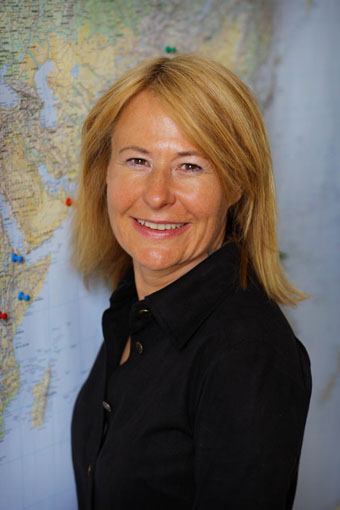
Error alert!
Documentary location cameras are without doubt fickle and temperamental beasts. Our camera beast of choice on Human Planet is the Panasonic Varicam, which films the stunning slo-mo footage we love to see in landmark documentaries. These are not cheap cameras, yet no matter what checks, tests and double checks they go through; no matter how much loving care we give them during their breaks from filming; no matter how much metaphorical cotton wool we pad and pack them in during transportation, recently they seem to have a knack of breaking down at the worst possible moments. The fact of the matter is, we can take dozens of silver boxes full of filming kit on location but if the camera doesn’t work, that’s it, literally end of story.
At the moment we have clearly upset the camera gods. This week our cameraman in Kenya, Warren Samuels, could not believe his luck. Day 1 on location and the lions he wants to film are, for once, in the right place, at the right time, doing the right thing. He rushes to unpack the camera, switches it on and in the viewfinder he gets ERROR flashing in red. It’s the moment of pure HORROR all TV camera operators face at some time or other. It will take us four days to get a new camera to him. Let’s hope the lions are understanding and realise that today’s performance was just a rehearsal.



